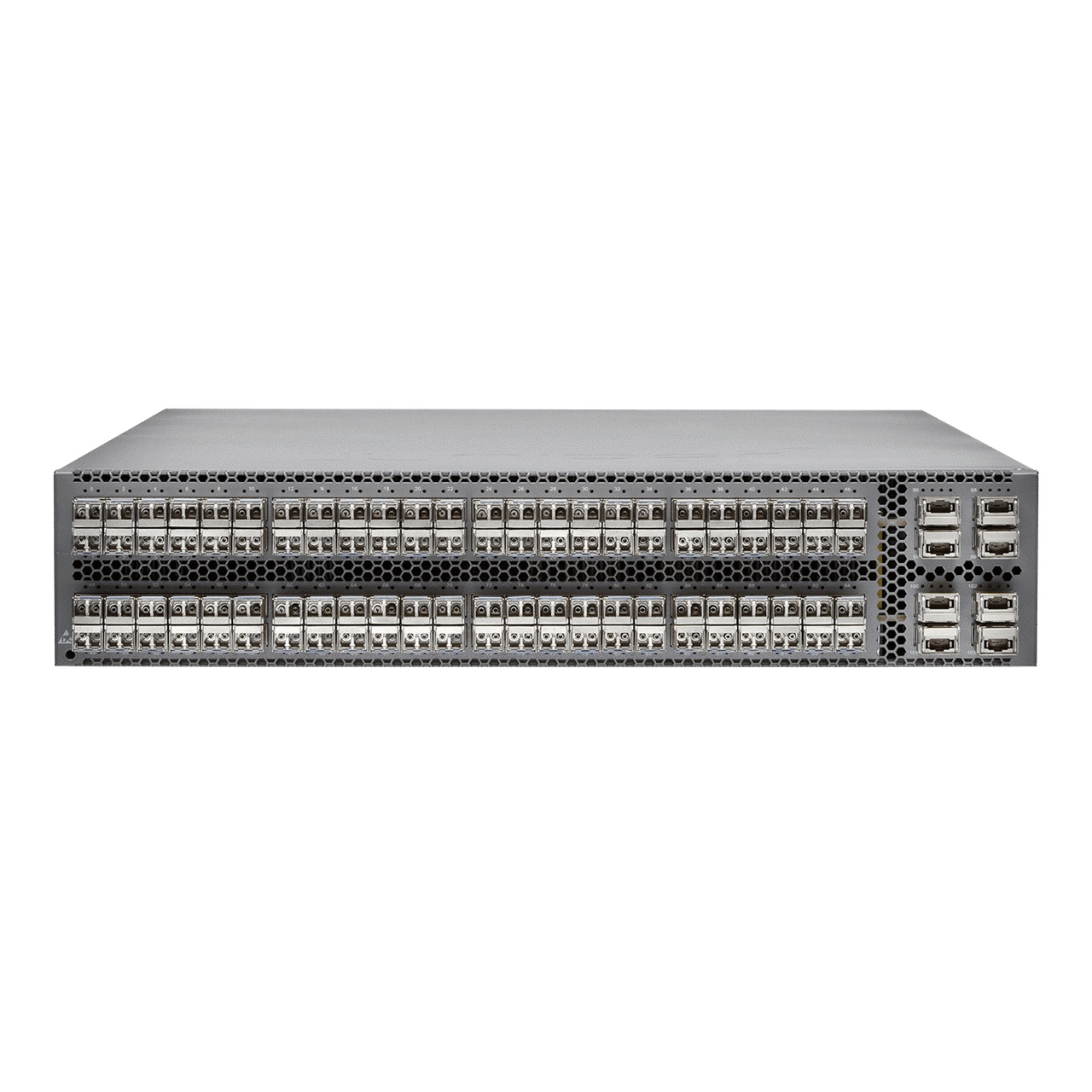Customer Success Story

2degrees disrupts the New Zealand mobile market with a nationwide network
2degrees is a challenger in New Zealand’s well-established telecom market. Launched to fulfill a purpose of “Fighting for Fair,” 2degrees built a nationwide network that covers 98.5% of places New Zealanders live and work.
One of the foundations of the 2degrees network is an advanced, high-performance Juniper network that enables efficient scalability and accelerated service delivery.

98.5%
Network that covers 98.5% of places New Zealanders live and work
NZ$1 Billion
Spent in building the entire network since 2009
7.4%
Increase in service revenue in 2020
Reduced engineering time from 4 weeks to 1 day for new software, with automation using Ansible, Python, and Juniper infrastructure
Primed for growth and national network coverage
2degrees realizes its purpose of “Fighting for Fair” by delivering mobile and broadband services at competitive prices and with reliable coverage for its customers.
2degrees slashed the costs of mobile services in New Zealand when it launched and continues to offer ground-breaking products and services like Carryover Data, an hour of free data every day or Shared Group Plans to support the people of New Zealand. The company also has a 100% New Zealand-based call center.
2020 was a difficult year for some organizations, but it was record-breaking for 2degrees. The company had service revenues of NZ$545 million, up 7.4% from the previous year, and NZ$180 million in earnings, up 6.5%.
2degrees is focused on building out its nationwide network to deliver mobile and broadband services.

Network scalability supports business growth and customer-first experiences
2degrees relies on Juniper from core to edge to create a highly secure and agile network.
“Juniper helped us transition from 10GbE to 100GbE so that we could easily scale and manage increased bandwidth demand,” says Rob Graham, head of transport network at 2degrees. “With the Juniper infrastructure and Junos operating system, we can route large loads of traffic efficiently and direct content to the shortest, most efficient path.”
2degrees uses Juniper PTX3000 Packet Transport Routers for its MPLS core and Juniper MX480 and MX204 Universal Routing Platforms at the edge. Juniper ACX5048 Universal Metro Routers aggregate traffic from different regions. The MX480 Universal Routing Platform supports broadband network gateway functionality and the MX204 platform supports subscriber management.
The provider will soon refresh its data center, moving to an IP-EVPN fabric, and use the Juniper Apstra system to automate the network lifecycle. The 2degrees team is eager to continuously automate the data center network and pleased that they can leverage existing Juniper platforms.
“Juniper’s approach to network fabrics means we can easily move to EVPN without changing a lot of hardware,” says Graham. “With the new fabric, we can roll out many more services.”

Shaking up the market with better services for all
“Juniper provided exactly what we needed for our big transformation, enabling us to scale up and deal with huge bandwidth demand,” says Graham. “The Juniper infrastructure is both rock-solid and flexible to meet our business needs.”
Automating network engineering processes by tapping into the open, programmable nature of the Junos operating system was key to accelerating service delivery. Working in Ansible and Python, 2degrees leveraged Juniper APIs to speed upgrades and make configuration more consistently accurate. By automating regression testing for new releases of Junos, new capabilities can be introduced into the network in days rather than weeks.
“We can do regression testing in as little as 5 minutes to a day, whereas before it took 4 weeks,” says Graham. Pre- and post-checks are also less time-consuming. “We were spending two hours per box. Now we save almost 100 minutes per box using Ansible, Python, and Juniper,” he says.
As the company grows, it continues to Fight for Fair and deliver innovative, affordable services to consumers and businesses to support today’s digital life.

Published October 2021






